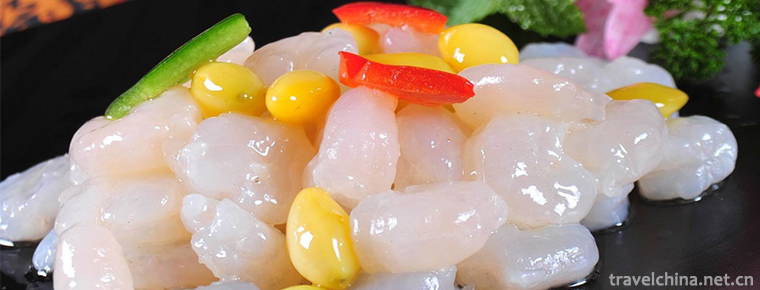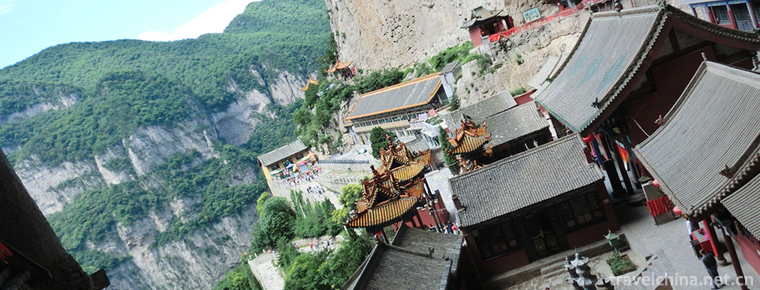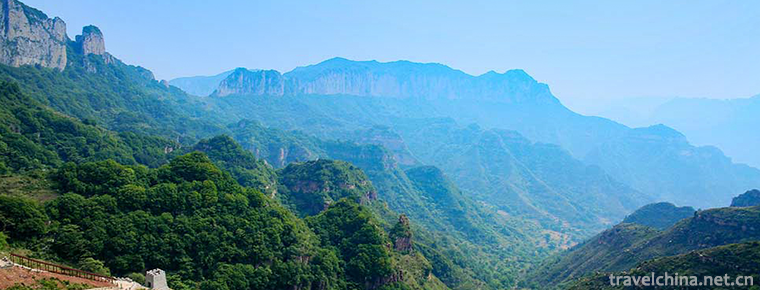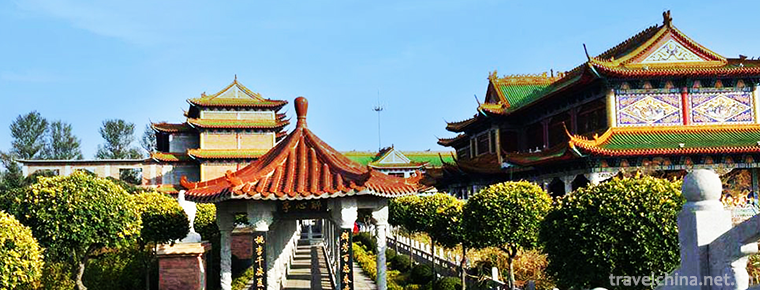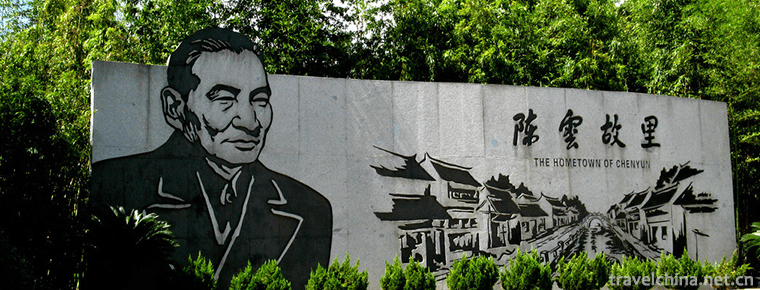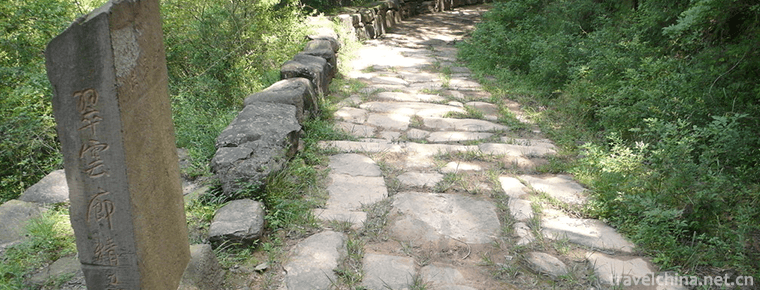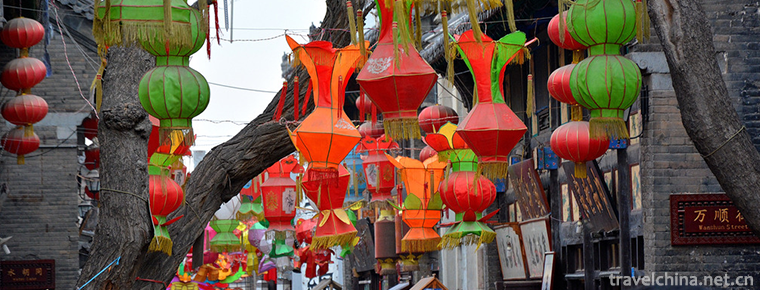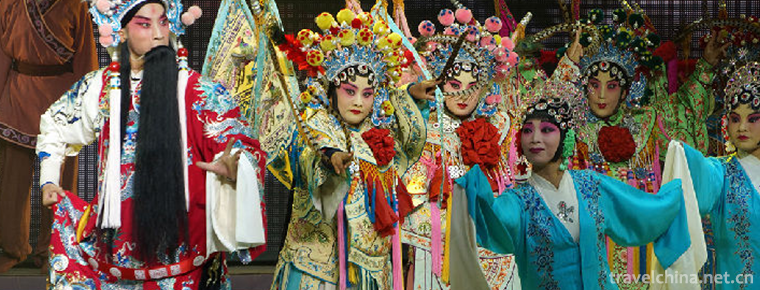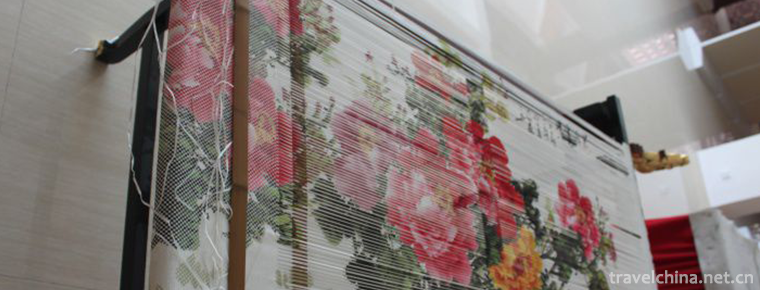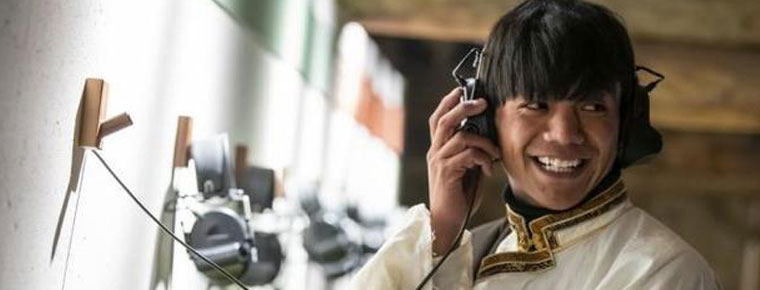Luzhou scenic spots
Luzhou scenic spots
overview
Luzhou has a long history, profound cultural accumulation, strong ethnic customs and rich tourism resources, forming five characteristic tourism resources represented by famous wine culture, ecological culture, red culture, historical culture and Yangtze River culture. By the end of 2016, there were 2 National Nature Reserves in the region: huazhuanxi Nature Reserve in Xuyong County, rare fish nature reserve in Hejiang Leibo section of the Yangtze River; 1 National Forest Park: Fobao Forest Park in Hejiang County; 3 National Red Tourism classic scenic spots: Lushun uprising site in Luzhou City, taipingdu exhibition hall of Red Army Sidu in Gulin County, and Jiming three provincial stone in Xuyong county Xiangzi conference site; 2 provincial tourist resorts, 8 provincial scenic spots, 28 national A-level scenic spots (including 9 AAAA, 8 AAA and 11 AAA), 3 national AAAA tourist attractions (Yunxi hot spring, Longqiao cultural ecological park, Yaoba ancient town), 4 AAA scenic spots and 3 AA scenic spots were newly established in 2016. There are 5 national leisure agriculture and rural tourism demonstration areas, 2 provincial rural tourism demonstration areas, 15 provincial tourism demonstration towns, 29 provincial tourism demonstration villages and 9 provincial rural tourism demonstration brands. In 2017, 2 4A level scenic spots and 5 2A level scenic spots were newly established in Luzhou city. By the end of the year, there were 34 A-level scenic spots, including 11 4A scenic spots, 9 3A scenic spots and 14 2A level scenic spots.
As of the end of 2016, there were 16 national cultural relics protection units in Luzhou City, including Luzhou Daqu laojiaochi in Ming Dynasty, longnaoqiao in Luxian County in Ming Dynasty, song tomb in Luxian County in Song Dynasty, spring and autumn Temple of Xuyong in Qing Dynasty, former residence of Zhu De in Kuangchang of Qing Dynasty, pits and pits of Luzhou Laojiao and liquor making workshops (Jiangyang district and Longmatan District), Baoen tower (Jiangyang District) of Southern Song Dynasty, cliff statues of Yuchan mountain (Luxian county), and other cultural relics in Luzhou Longqiao group in Luxian County, luopanzui tomb group (Luxian county), Qushi manor in Luxian County, shenbrachicheng site (Hejiang), Hejiang cliff tomb group, Yaoba town ancient building complex (Hejiang), qingliangdong cliff sculpture (Xuyong), Gulin County Red Army's Sidu Chishui battle site, tea horse ancient road (Luzhou section). There are 16 national cultural relics protection units in Luzhou, ranking second in the province.

Luzhou scenic spots
-
Crystal River Shrimps
Crystal river shrimp is a local famous dish, which belongs to Shanghai cuisine. The size is uniform, crystal clear, elastic and brittle.
Views: 270 Time 2018-11-14 -
Mianshan Scenic Area
Mianshan Scenic Spot is a national AAAAA class tourist attraction, a key scenic spot in Shanxi Province, the birthplace of Ching Ming Festival (Cold Food Festival),
Views: 335 Time 2018-11-24 -
Qibugou Scenic Area
Qibugou Scenic Area is located in Wu'an Huoshui Township, Handan City, Hebei Province. Wu'an National Geological Park and the hinterland of the National Forest Park, Hebei Province
Views: 194 Time 2018-12-17 -
Sannong Expo Park
Shenyang Sannong Expo Park is located in the south of Daliutun Town, Xinmin City, Liaoning Province. It is 15 kilometers away from Xinmin City and 75 kilometers away from Shenyang City. It was built i
Views: 141 Time 2018-12-18 -
Chen Yuns former residence and Qingpu Revolutionary History Memorial Hall
Chen Yun's former residence and the Qingpu Revolutionary History Memorial Hall are the only Memorial Hall in the country that systematically demonstrates Chen Yun's life achievements approved by the C
Views: 146 Time 2019-01-05 -
Cuiyun Lang Scenic Area
Cuiyun Corridor, also known as "Huangbai Avenue", is a green corridor composed of nearly 10,000 green roads and ancient cypresses. It is the oldest and most well-preserved ancient road traff
Views: 133 Time 2019-01-06 -
Zhoucun Ancient Mall
Zhoucun Ancient Mall, also known as Street, is located in Zhoucun District, Zibo City, Shandong Province. The main road of Shandong Province, Jiqing Expressway
Views: 156 Time 2019-03-20 -
a kind of Shanxi opera
Shangdang Bangzi is one of the four Bangzi in Shanxi Province. It is popular in the two cities of Shanxi Province, namely, the Minister of southeastern Shanxi Province and Jincheng City (formerly know
Views: 196 Time 2019-06-13 -
Yongchun Paper Weaving Painting
"Yongchun County Chronicle" records: "In the early Tang Dynasty, Yongchun had the production of paper-woven paintings. Yongchun paper weaving painting features: interwoven paper marks,
Views: 192 Time 2019-07-14 -
Xiaoxiangling scenic spot
The synonym Xiaoxiangling generally refers to Xiaoxiangling scenic spot
Views: 177 Time 2020-10-16 -
Ding Zhens voice is on the rise and the tiktok of Ganzi Sichuan has doubled
In November 11th CCTV news and Oriental tiktok were put on a short video of the tremble. Ding Zhen, the "sweet boy" in the video, triggered a phenomenal network event with a transmission volume of more than 5 billion times. At the same time, Ding Zhen also became the propaganda Ambassador of his hometown Litang County, driving the search volume of "Litang" to soar by 620%.
Views: 107 Time 2020-12-07 -
Education in Panzhihua
By the end of 2018, Panzhihua had 2 ordinary colleges and universities, 56 ordinary secondary schools, 7 secondary professional schools, 60 primary schools and 194 kindergartens. There are 26617 students in Colleges and universities, 72372 students in secondary schools
Views: 342 Time 2020-12-14
